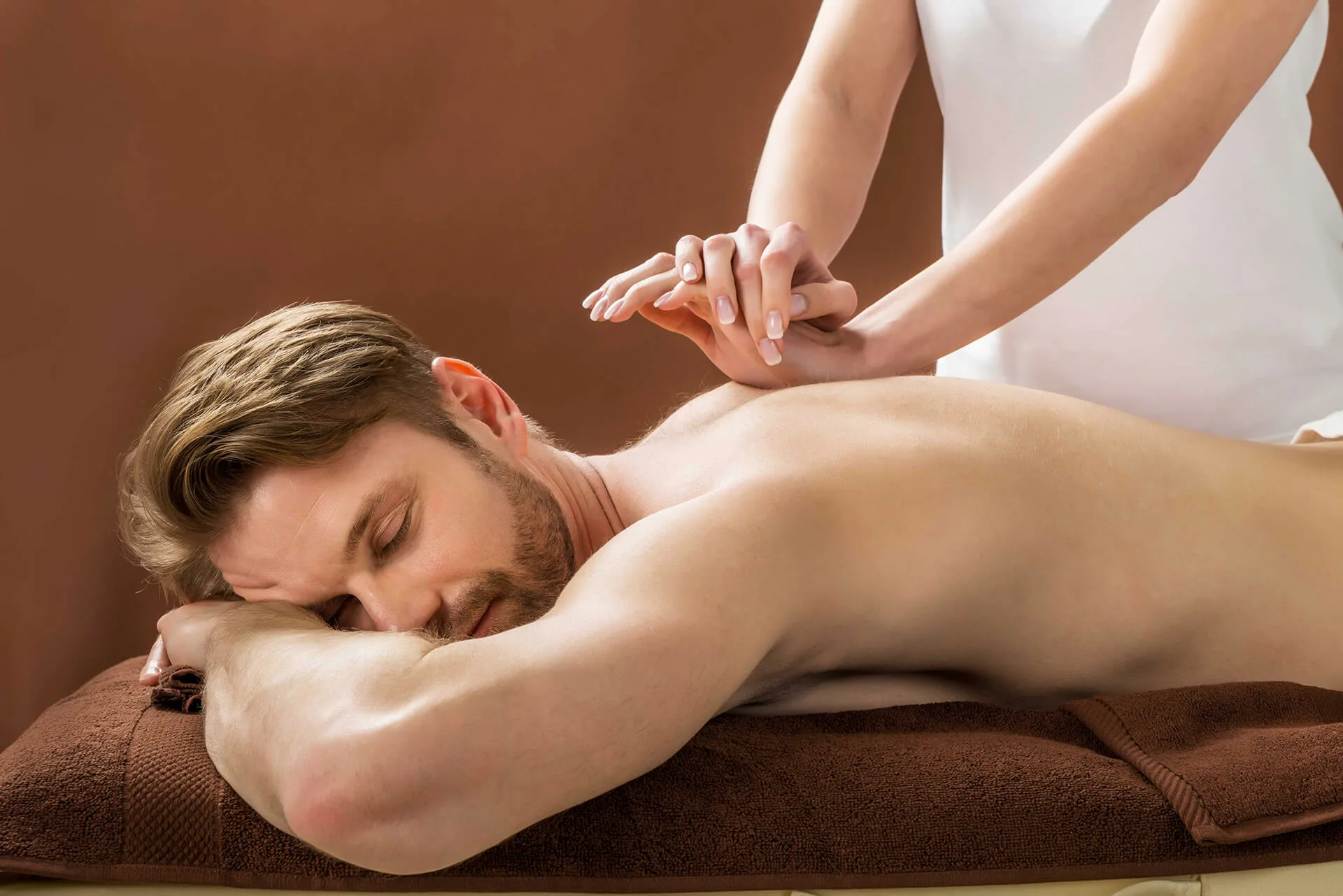Key Benefits of Massage for Muscle and Joint Pain
- 1. Enhances Circulation and Reduces Inflammation
By stimulating blood flow, massage brings oxygen and nutrients to strained muscles and joints, accelerating recovery and reducing stiffness.
- 2. Relieves Tension and Improves Mobility
Targeted massage techniques help release deep-seated tension, improving range of motion and easing pressure on joints, especially beneficial for conditions like arthritis or tendinitis.
- 3. Triggers Natural Pain Relief
Massage encourages the release of endorphins—your body’s own painkillers—creating a calming, euphoric feeling that lowers pain perception.
- 4. Reduces Stress and Anxiety
Chronic pain often feeds off stress. Massage interrupts this cycle by promoting deep relaxation and clarity of mind, essential for healing.2
- 5. Supports Flexibility and Injury Prevention
Regular sessions improve joint function and muscle elasticity, reducing the risk of strains and sprains during everyday activity or sports.
Massage Techniques That Deliver Results
- Swedish Massage
Perfect for beginners. Uses long, flowing strokes to relax muscles and enhance circulation.
- Deep Tissue Massage
Targets deeper layers of muscle and fascia. Ideal for chronic pain and sports recovery.
- Trigger Point Therapy
Applies pressure to tight muscle knots to release pain in surrounding areas.
- Myofascial Release
Eases tension in the connective tissues that surround muscles—helpful for fibromyalgia.
- Hot Stone Massage
Combines warmth and pressure to melt away stiffness and increase blood flow.
✅ Tip: Choose the technique that best matches your lifestyle and pain patterns. For athletes, sports massage may offer added performance benefits.
How to Choose the Right Massage Therapist
-
Verify Credentials: Always seek a licensed and experienced professional.
-
Review Testimonials: Client feedback often reflects true therapeutic success.
-
Communicate Openly: Share your goals and discomfort areas clearly.
-
Prioritize Comfort: Your peace of mind matters as much as technique.
Integrating Massage into Your Wellness Plan
Combine massage with other treatments like physical therapy, chiropractic care, or gentle yoga. Schedule regular sessions—weekly or bi-weekly for chronic pain—and maintain your results with self-massage tools and stretching exercises at home.
💡 Stay Hydrated: Always drink water post-session to flush out released toxins.
Trusted Source for Further Reading
To explore more on how massage therapy fits into medical practice, visit this Mayo Clinic Guide to Massage.
Final Thoughts
Massage is more than just a luxury—it’s a proven pathway to long-term pain relief and better quality of life. By understanding the techniques and finding the right therapist, you can take charge of your wellness journey and rediscover freedom of movement.
Whether you’re recovering from injury or looking to manage chronic tension, massage therapy offers a natural, effective, and holistic solution backed by science and experience.

